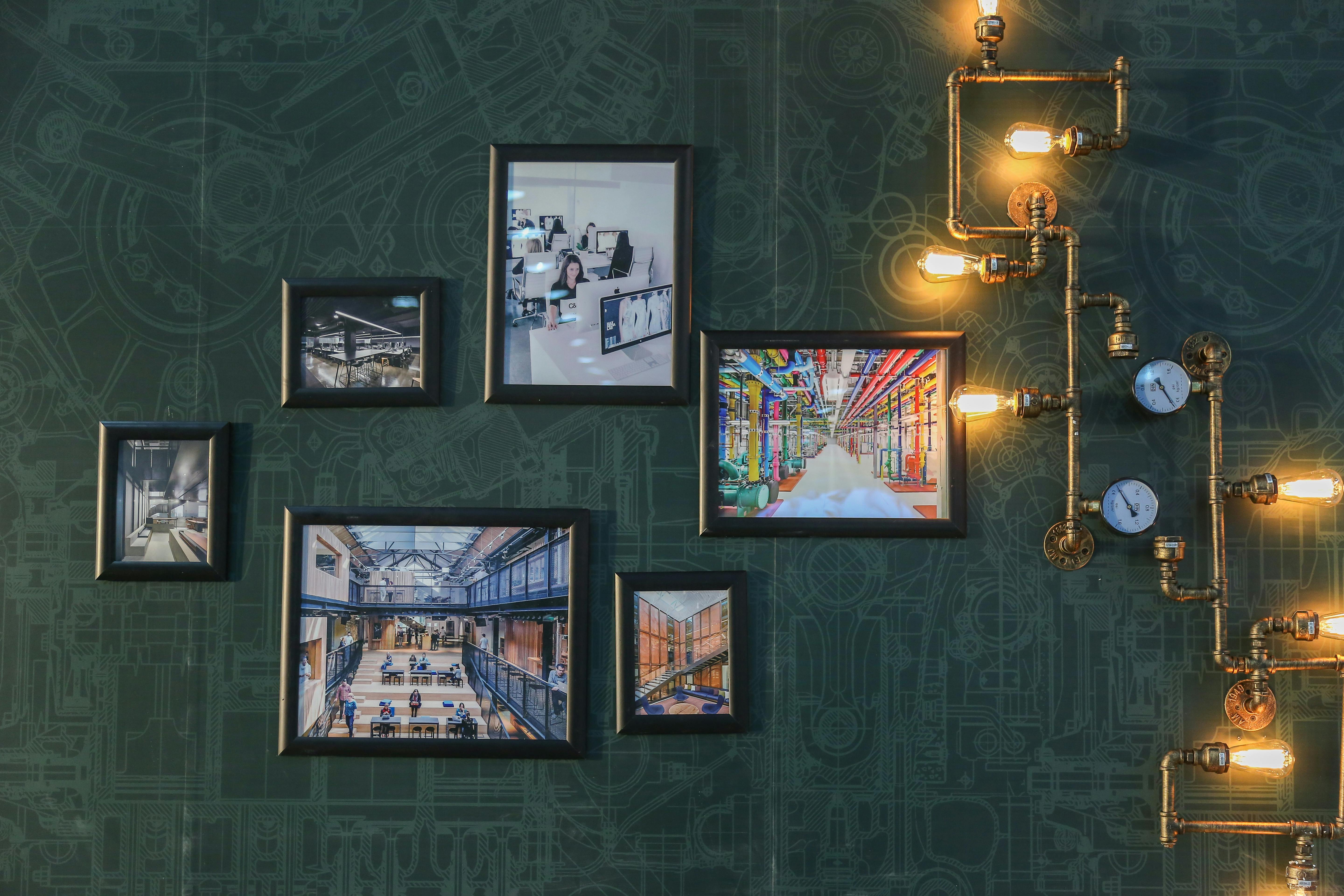 Maserati's flagship sedan, the Quattroporte, is currently in its sixth generation. For those of you who don't know, Quattroporte means "four doors" in Italian. It is available with two engine options: a 3.0-liter V6 in the S and S Q4 (AWD) producing 404 horses and a 3.8-liter V8 in the GTS producing 523 horses. Each trim level has twin turbos and an eight-speed automatic. The Quattroporte can hit 60 mph from a standstill in the four-second range. The interior is adorned with leather and features Chrysler's Uconnect infotainment system. New features on the Quattroporte include a hands-free trunklid, blind-spot monitoring system, stop-start, Ermenegildo Zegna-endorsed trim packages, and a 900-watt Harmon Kardon audio system or Bowers & Wilkins premium audio system. 143,600 for the GTS. It's not as common or spacious as some of its competitors, but the trident brand's flagship sedan is a fantastic automobile. I would be happier driving and owning a Mercedes-Benz S-class, however. To prevent any confusion, the sixteenth photo in the gallery contains an entry-level Maserati Ghibli in the left lane and not an additional Quattroporte.
Maserati's flagship sedan, the Quattroporte, is currently in its sixth generation. For those of you who don't know, Quattroporte means "four doors" in Italian. It is available with two engine options: a 3.0-liter V6 in the S and S Q4 (AWD) producing 404 horses and a 3.8-liter V8 in the GTS producing 523 horses. Each trim level has twin turbos and an eight-speed automatic. The Quattroporte can hit 60 mph from a standstill in the four-second range. The interior is adorned with leather and features Chrysler's Uconnect infotainment system. New features on the Quattroporte include a hands-free trunklid, blind-spot monitoring system, stop-start, Ermenegildo Zegna-endorsed trim packages, and a 900-watt Harmon Kardon audio system or Bowers & Wilkins premium audio system. 143,600 for the GTS. It's not as common or spacious as some of its competitors, but the trident brand's flagship sedan is a fantastic automobile. I would be happier driving and owning a Mercedes-Benz S-class, however. To prevent any confusion, the sixteenth photo in the gallery contains an entry-level Maserati Ghibli in the left lane and not an additional Quattroporte.
As a result, they designed the innovative PRE-SAFE system to tension the seatbelts if the car senses an impending collision (through the sensors for ESC stability control that are networked with PRE-SAFE). In addition, if the front passenger seat is overly reclined or forward, and if the seat cushion angle is too shallow, PRE-SAFE moves it to a more favorable crash position. Finally, if the vehicle skids (sometimes a precursor to rollover), the system automatically closes the sunroof. Side windows also close to provide better support for the window curtain air bags and to prevent occupants' heads or arms from swinging outside the vehicle. The system uses electric tensioners in addition to the existing pyrotechnic belt tensioners that deploy in some crashes. If a crash is averted, the electric belt tensioners unwind and are ready. The new-generation E-Class sedan and coupe make use of a strut-type front suspension that combines two lower links with a coil spring strut, along with twin-tube gas shocks and a stabilizer bar. Rather than a single "A" arm like conventional struts, two separate lower links help provide better impact absorption in the case of a frontal impact.
Their low mass also contributes to more precisely tuned wheel control and damping. In addition, sensitivity to wheel imbalance or brake fluctuations is minimized. While the forward links are forged aluminum, the links behind them are made of forged steel. The front suspension links are mounted to a sub-frame of high-strength steel that also carries the engine and transmission as well as the aluminum rack-and-pinion steering unit, which is mounted in front of the wheel center. The proven, Mercedes-patented five-link rear suspension design has been refined for its application in the new E-Class. Built up from variable-thickness sheet steel, a lightweight subframe carries the suspension links and the rear final drive gears. The links, wheel carriers and struts have all been revised. While four of the rear suspension links are steel, one link that's not subjected to bending (only stretching and compression) is made of forged aluminum. Standard on Mercedes-Benz E350 sedan and coupe models, AGILITY CONTROL provides the best of both worlds for a conventional coil-spring suspension.

No comments:
Post a Comment